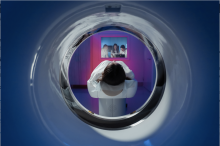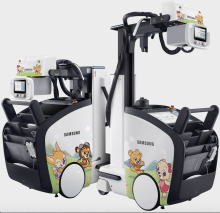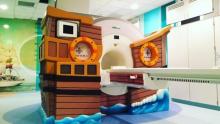As healthcare providers aim to deliver high-quality, coordinated care and improve patient outcomes they must find ways to not only change and adapt to highly technical processes and advances in technologies but also work toward an open, seamless flow of data between departments, providers, organizations and patients.
© Copyright Wainscot Media. All Rights Reserved.
Subscribe Now







